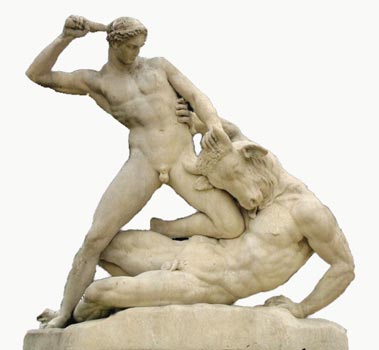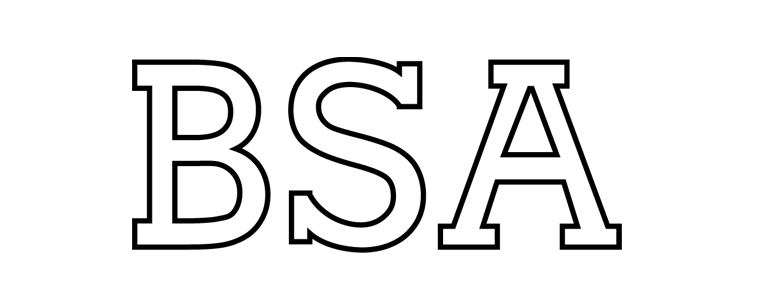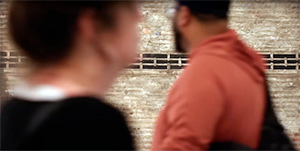Rebellious Outcast: Demystifying The Greek Mythological Monster
In an effort to understand themselves, humans have invented gods and monsters for millenia.
 Ovid described the Minotaur as a “part man and part bull”. The Greeks thought of it as a monster best kept in a labyrinth, a wild untamed man-beast who took only his own advice. At best, the Greeks achieved with the Minotaur a warped parabolic mirror of themselves but at worst (and in most cases), they shift the responsibility of their own actions unto creatures; divine, pop and otherwise well out of reach of their own realm.
Ovid described the Minotaur as a “part man and part bull”. The Greeks thought of it as a monster best kept in a labyrinth, a wild untamed man-beast who took only his own advice. At best, the Greeks achieved with the Minotaur a warped parabolic mirror of themselves but at worst (and in most cases), they shift the responsibility of their own actions unto creatures; divine, pop and otherwise well out of reach of their own realm.
Chicago based street artist TipToe has been inspired by the Minotaur for some of his recent creations; two versions of the mythological beast have recently pounded the pavement of Brooklyn. He explains to BSA the psychological and societal dynamics that come into play for him when creating the pieces:
“Lets start with the original myth. The Minotaur is the bull-headed offspring of the Queen of Crete, conceived in an adulterous affair with the Cretan Bull who was gifted to Minos, the King of Crete, from the god Poseidon. In an effort to hide the shame brought to his kingdom, Minos commissioned the construction of the Labyrinth and condemned the Minotaur to it.
In doing so, the Minotaur was freed from the social conditioning of Parental Guidance or Societal law; making the Minotaur Pure, in that he had nothing but his own intuition for guidance. Though I don’t necessarily think that the Minotaur is violent or evil; these traits, I think, were imposed upon the Minotaur by those condemned to the darkness of the Labyrinth there after. These shallow people, lost in the dark, would surly stumble upon the beast and be stricken with terror and violent inclination, but these traits were reflections of themselves. They imposed their own ugliness upon the Minotaur, so the Minotaur became a mirror of their own predisposition.
The Labyrinth through out the years has come to represent: social imposition; boredom; the institution; the dark recesses of the mind where one hides their repressed impulses; all of which, in a way, are definitions of hell. For me the Labyrinth is the city itself and the Minotaur, like the street artist, is its champion, to be embraced (not destroyed).
I believe it was Nietzsche who said, ‘Be careful when you cast out your demons that you don’t throw away the best part of yourself.‘ ”
BSA >> < < > < > <> BSA<< > < > < < << >>BSA >> < < > < > <> BSA>> < < > < > <> BSA<< > < > < < << >>BSA >> < < > < > <> BSA
Sculpture from The Labyrinth of Crete
Other Articles You May Like from BSA:
BSA is pleased to partner again with the MURAL Festival in Montreal to bring you images as the events unfold. Daniel Esteban Rojas tells us it has been a slower than usual commencement this year, d...
Writing since the late 80s, Parisian artist PEST pulls out another high-style classic for Art Azoi in the city that has spawned much of the great graffiti since the 1990s – including his own crew nam...
Our weekly focus on the moving image and art in the streets. And other oddities. Now screening : 1. Seve Garza Paints Homeless People in Austin 2. Stik: London Street Artist by Ben Hanr...
Julien de Casabianca of the Outings Project was invited to the Brooks Museum in Memphis, Tennessee last month for an exhibition, workship, lecture, and a monumental installation that we have exclusive...
BSA is in Berlin again to help an international grassroots Street Art effort like the Paste Up festival this September. Open to artists around the world, the event is organized by artist Senor Schnu ...
 BROOKLYN STREET ART LOVES YOU MORE EVERY DAY
BROOKLYN STREET ART LOVES YOU MORE EVERY DAY









